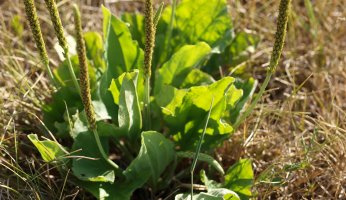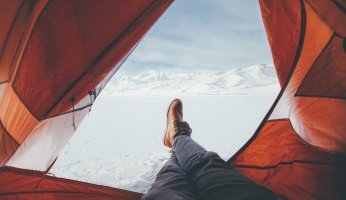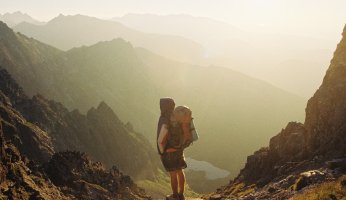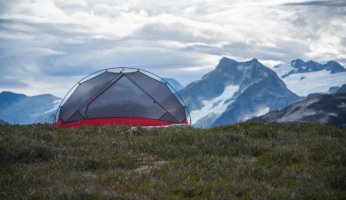Cooking Over Coals
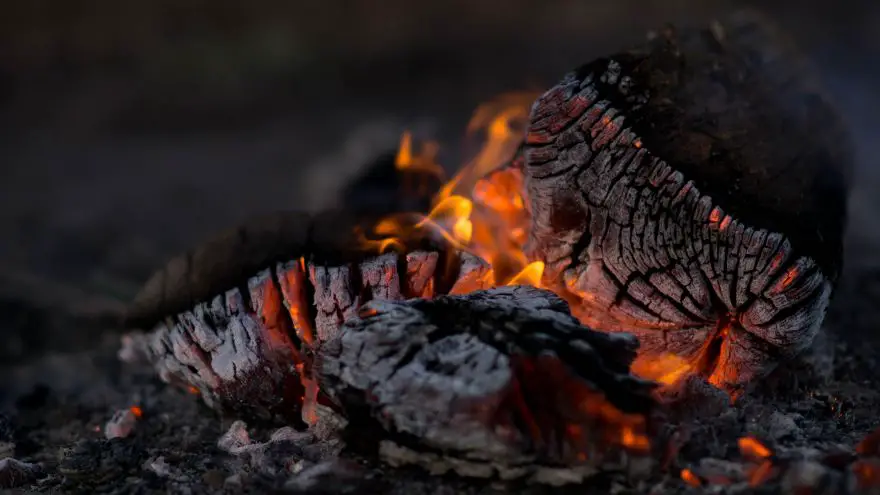 Cooking Over Coals
gearweare.net
Cooking Over Coals
gearweare.net
Whether it’s an extended trip through the mountains or just a weekend with friends at a local campsite one of the easiest and most iconic methods of cooking you can partake in is a good old fashioned cooking session over an open fire. Anyone that has ever used this method can probably attest to how mouth wateringly good the food tastes. It is a cooking style perfectly suited for the backcountry explorer because it requires very little equipment hauled in from the city. Rocks, wood, matches, and a grill, if you have it. That’s it and what you get in return is food that is rich in flavour.

The history behind it
This richness in flavour is a pretty instrumental outcome of hundreds of thousands of years of evolution. We have used fire to our advantage ever since we first harnessed its power. Cooking with fire helps break down the cell walls allowing us to digest more of our food and easier. The first humans to utilize this method paved the way for every advancement our species would subsequently make. Even Charles Darwin himself recognized the importance of fire, along with language, as the keys to the development of culture. So whether you’re cooking a deer in a cave or roasting a hot dog at a park campground, you are taking part in one of the most fundamental practices we as a species can do.

How to set it up
Now, you’re out in the wilderness and ready to start making food. How does it all work? The ideal set up for cooking over coals is quite simple once you master its form. Here are some helpful steps to get you going.
Step 1 – Choose your site with the safety in mind.
Step 2 – Use rocks, if available, or else use logs to create a U-shaped wall around where your fire will be. Place a large rock along the back of the U to help with the flow of air. This rock is known as the chimney rock.
Step 3 – Set your kindling out evenly inside your U. Alternate the direction of the sticks with each layer, placing newspaper or clumps of dry leaf litter collected from the surrounding forest as tinder amongst the kindling.
Step 4 – Start the fire and let the kindling catch. Once its burning place your evenly sized firewood. The object of this is to have the logs turn to coals at the same time so that the heat is evenly distributed with no rogue flames that will blacken your food.
Step 5 – When the last of the flames has died down rake the coals towards the chimney rock. Doing this will give your cooking surface different zones of temperature for cooking different dishes.
Step 6 – The final step is to place your grill on the perimeter rocks and start cooking.

Safety Tips and Considerations
Many of us are all too aware of the continued and increasing regulations on fire usage in the backcountry due to summers being uncharacteristically long and dry. Because of this safety is key to using coals to cook. Paying close attention to your surroundings is key to keeping everyone safe. The key requirements for staying safe in the backcountry are easy to remember.
Fire Radius – Keeping an eight-foot radius around you fire pit will ensure that any materials that could catch fire are safely out of reach of any stray flames or embers.
Wind – A windy location or a particularly breezy day can be a real safety risk for setting your fire. Keep this in mind when planning the orientation of the fire so that the wind can’t blow embers into grass or nearby bushes.
Groundcover – The type of ground a fire is set on is very important to keep in mind. Exposed rock is the best base, but where that isn’t possible make sure to clear the soil so that leaf matter and loose organic soil is not left under the fire. While the fire burns it will heat up this material and start to burn it as well. This will mean you have to pay more attention when putting out the fire.
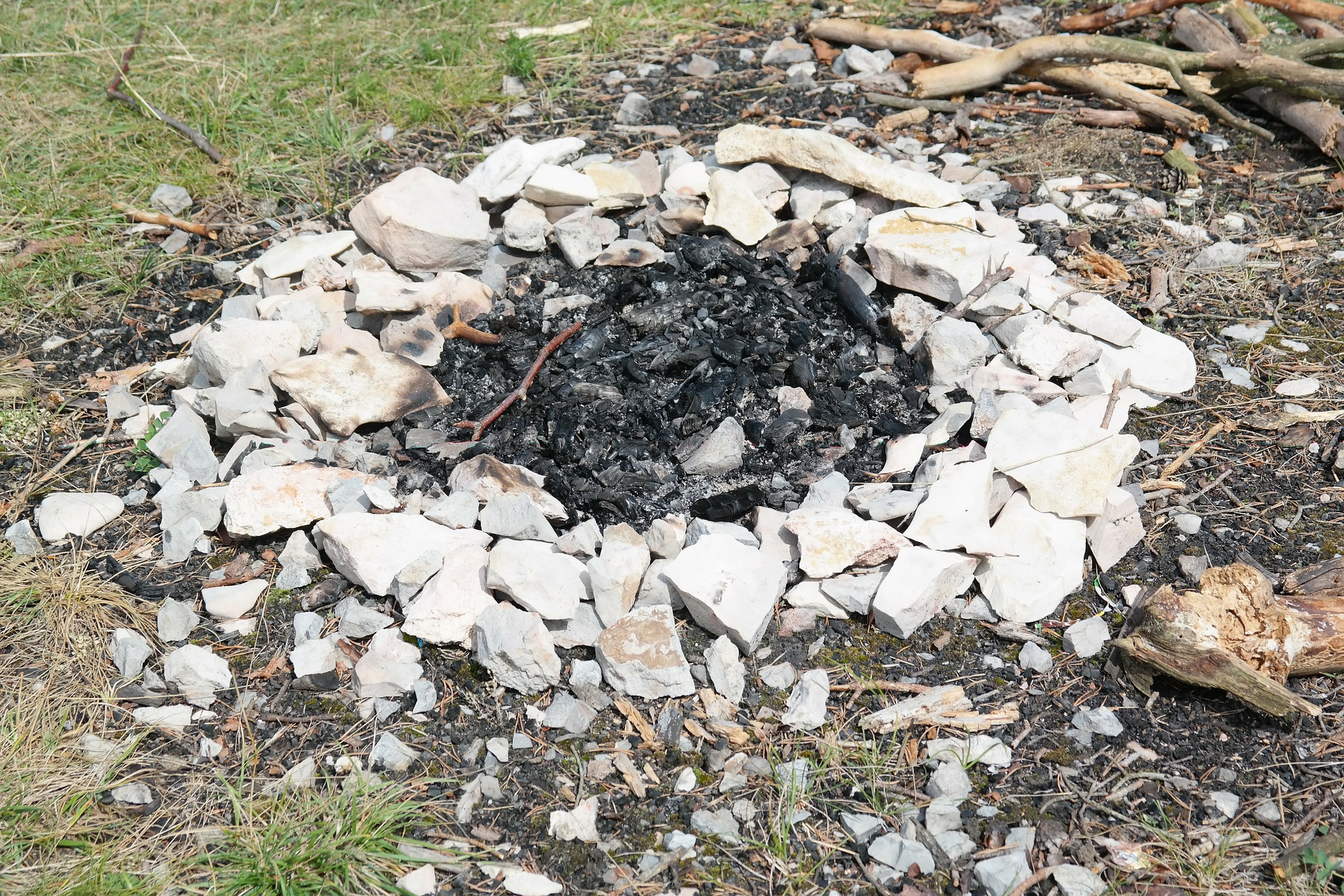
Types of Meals that do best with this method
Cooking over coals is a particularly good method for cooking meat and cooking one-pot meals. You can always cook things like steaks and chicken but get creative as well. Use your imagination to make the experience more fun. Skewer some onions with bell peppers and mushrooms and grill them over the coals for a tasty treat. Or, whip out your handy camping pot and throw in some beans, ground beef, chilies, and seasonings for a backcountry chili. The limits to what you can make are really only tied to your imagination and what you are able to forage for or pack in with you.
Mistakes to be made
As you explore cooking over coals you’re bound to make some mistakes. Fear not! Here are some tips you can use to avoid some of the more easily made mistakes.
Tip 1 – Don’t use lighter fluid to start your fires. It will leave a lingering flavour in your food that no one really wants to taste, especially after a long day hiking into camp. The idea behind this is that the lighter fluid will make quick work of the kindling and start the fire faster so you can get eating right away. Most of the time the fluid burns off and the fire goes out. Simply use enough tinder to be able to start your fire with only a match. This way the only flavour comes from the wood you use for the coals.
Tip 2 – When the fire dies down wait until all the coals are grey in colour. This will allow you to cook your food with evenly distributed heat. If the coals are raked out too early some spots on the grill will potentially lead to undercooked food.
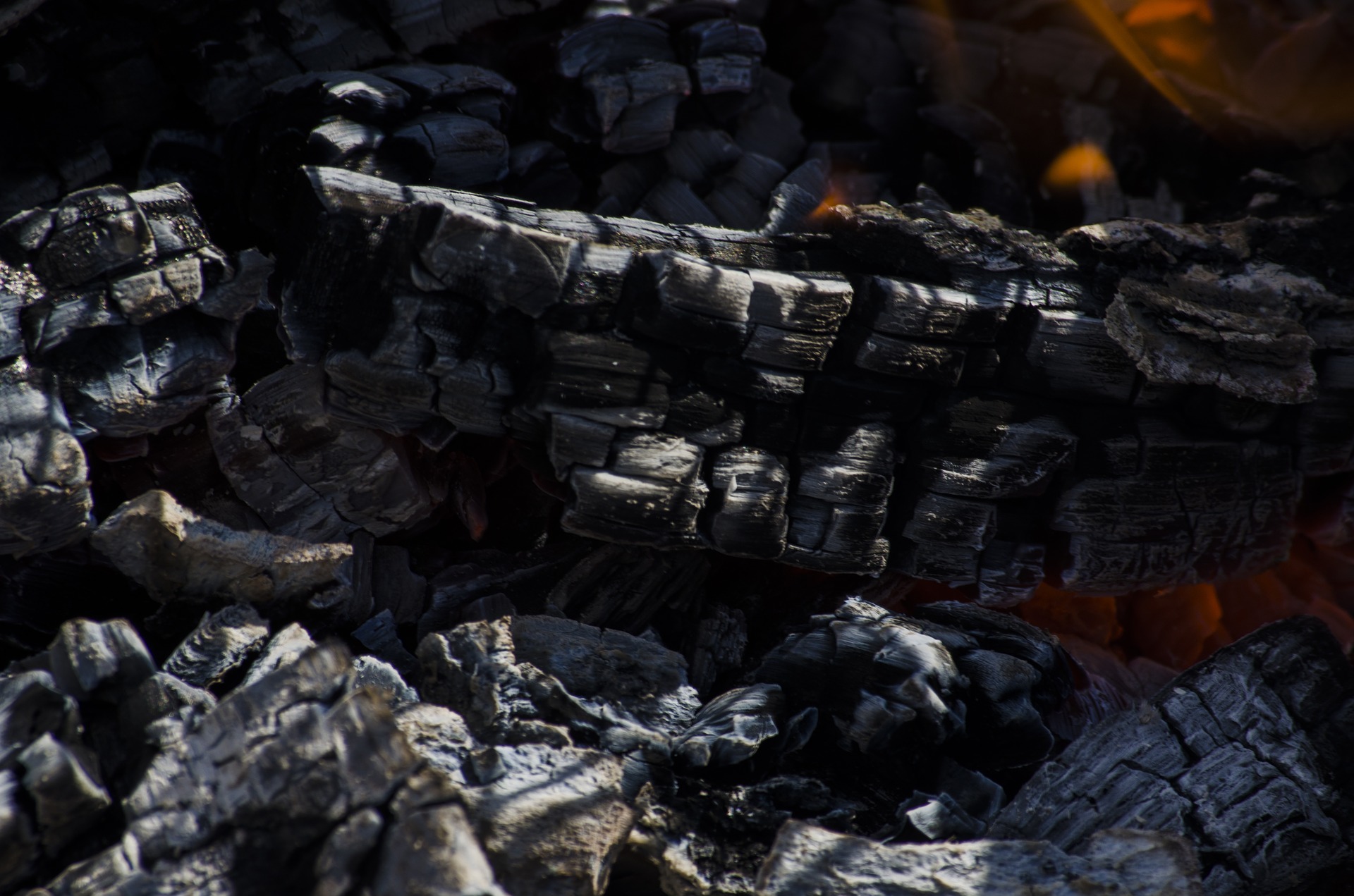
Tip 3 – Wait until the flames are gone. It looks exciting to cook a steak or a kebab in open flames but this will only lead to charred outsides and undercooked insides. The best method for making tasty meals while out in the backcountry is to let the fire completely die down and cook your food using the radiant heat of the coals. Occasionally little flames will occur from fat dripping onto the coals but that’s fine.
Tip 4 – Don’t over do it. Focus on cooking one type of item at a time. Trying to cook a whole chicken at the same time as a kebab of veggies isn’t going to work. You will end up cross-contaminating the foods and run into the problem of potentially undercooking the chicken or overcooking the skewers.
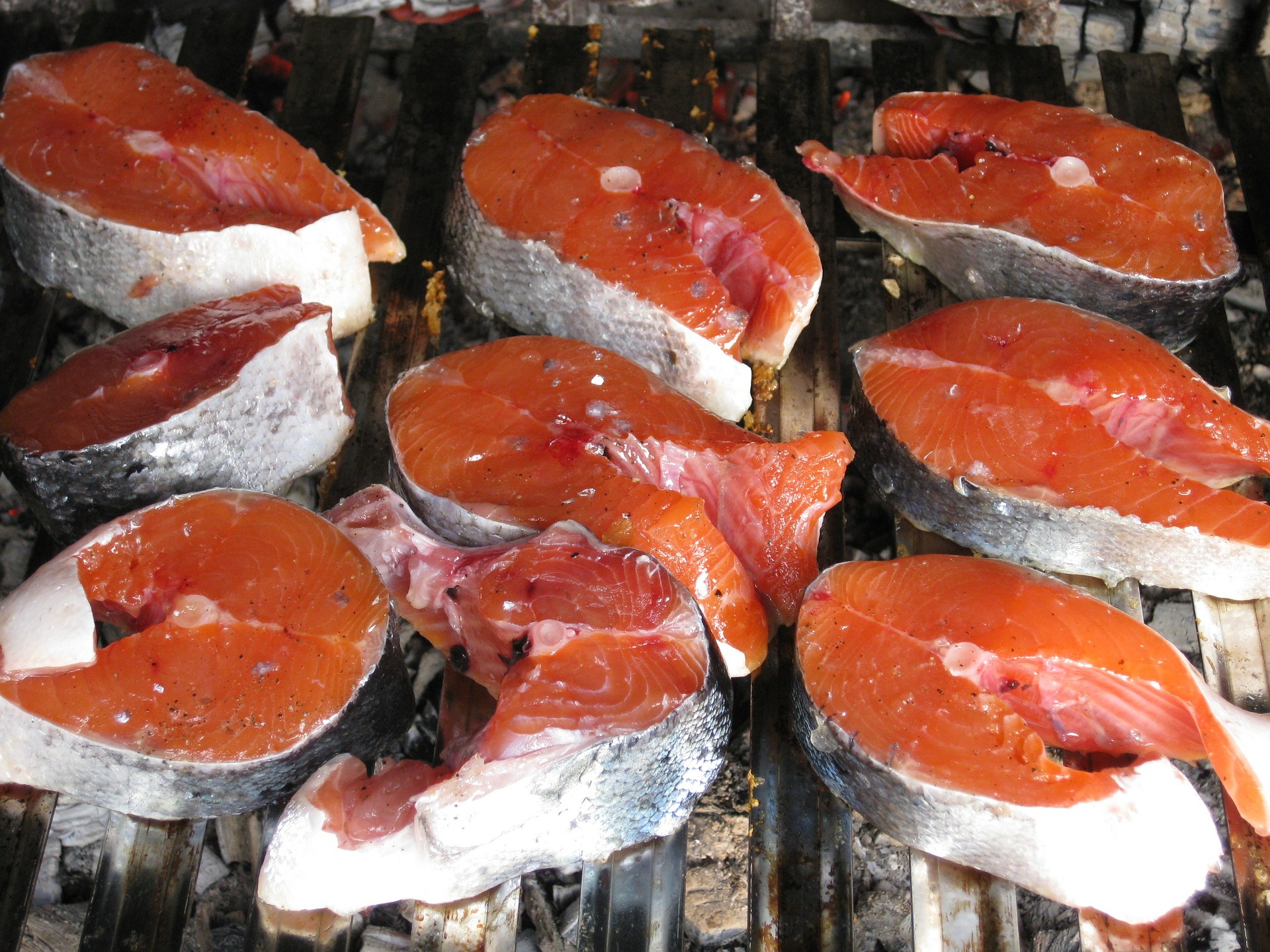
Final Thoughts
For hundreds of thousands of years humans have had an intimate relationship with fire and your backcountry trips shouldn’t be an exception. It is one of the most fundamental achievements we have made as a species and for any outdoor enthusiast it is one of the keys to fully equipping ourselves for the experience. Utilizing fire and cooking food over a base of hot coals provides a delicious tasting meal, a focal point for conversation while outdoors, and an experience of what it is to be human. Next time you find yourself trekking through the forest, mountains, or desert remember this tried and tested method for outdoor cooking.
Here are a few great sources if you are interested in learning more about outdoor cooking:
TheKitchn.com – 5 Rookie Mistakes To Avoid When Cooking Over An Open Fire
Jamie Oliver – Open Fire Cooking
EarthEasy.com – Campfire Cooking
TheGrillingSpot.com – Charcoal Grilling
SeriousEats.com – Grilling Mistakes And How To Avoid Them
FieldandStream.com – No Grill, No Problem: Cooking Over a Camp Fire
SmithsonianMag.com – Why Fire Makes Us Human





